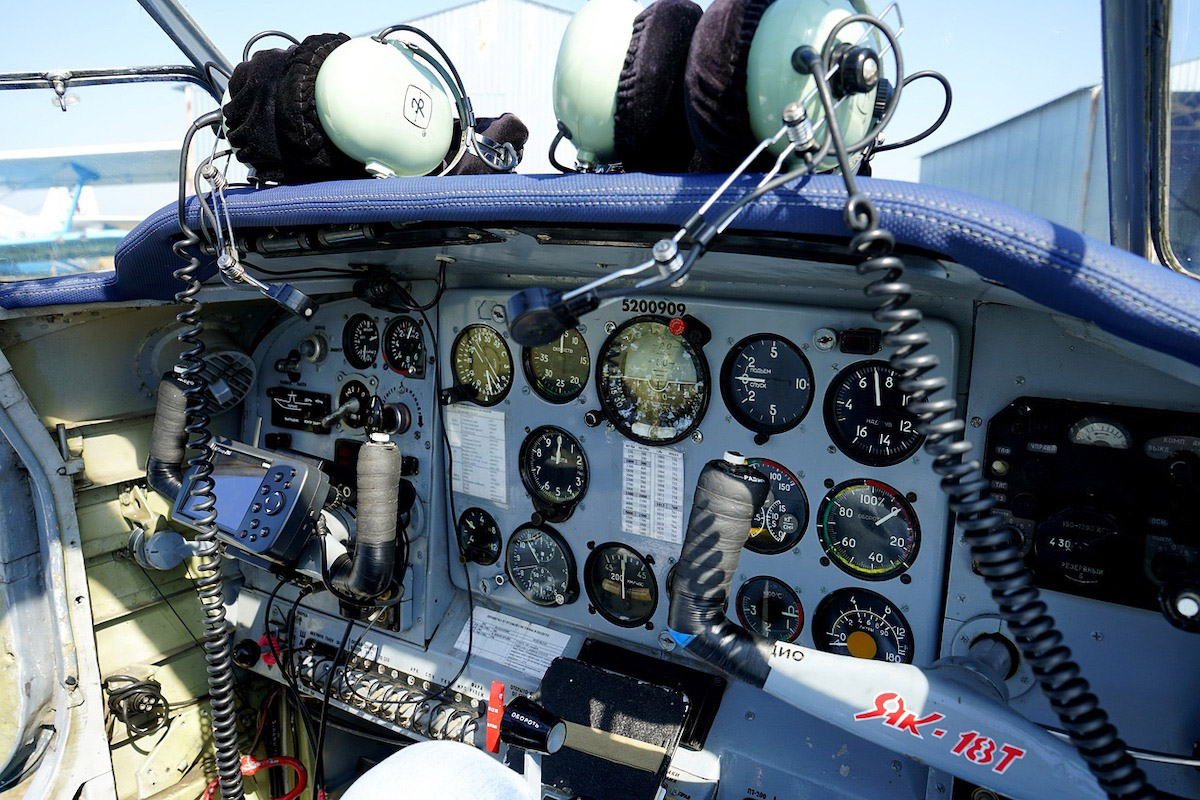Advances in Avionics Require Manufacturing Updates
Whether you manufacture aeronautic equipment for private civil aviation, commercial aviation, military purposes, or some combination thereof, your clients likely demand that you stay up to date on the newest innovations. This means that you have to constantly incorporate upgrades and retrofits to keep up with the newest trends in avionics.
It also means that you may have a backlog of finished parts that are unusable on account of being out of date. Fortunately, TechWaste Recycling can handle product de-manufacturing in large volumes. Our methods are secure, certified, and take a minimal amount of time.
The following are a few examples of avionics innovations that have taken place over recent decades to illustrate how evolution in the field takes place.


Manual Flight Controls Versus Fly-by-Wire
Originally, flight control systems were mechanical in nature. The movements of the controls had a direct effect on the movement of the plane. Pilots could then feel the effects directly through the controls. This is the most basic system of flight control, employed on the earliest planes.
However, mechanical flight control posed certain problems. It can result in potential emergencies such as pilot-induced oscillation, spinning, stalling, and limited ability to compensate for changing aerodynamic conditions. In the interest of eliminating these issues and increasing safety, manual controls went through an entire evolution that included hydraulics and combined hydro-mechanical systems.
The fly-by-wire system converts flight control movements to electronic signals that are transmitted through a computer to actuators at the control surfaces of the plane via wire. Development of the technology in the United States happened slowly, primarily as part of the space program, as a way to make aircraft lighter and planes safer. Not only has it become standard since then, it has spawned a number of even more advanced developments:
- Fly-by-wireless
- Power-by-wire
- Fly-by-optics
- Intelligent flight control system
Mechanical Gauges Versus Glass Cockpit
Traditional flight involves a display of analog gauges and dials. These inform the pilot of crucial flight data regarding height, speed, pressure control, flow rates, etc. These can be difficult for a pilot to focus on at a glance to gain the most pertinent information. In the 1960s and 1970s, the military started developing so-called glass cockpits that use air data computers in place of traditional gyroscopic flight instruments and a multi-function display driven by a flight management system.
Sometimes called a multifunction electronic display subsystem, a MFD is easier for a computer-literate generation of pilots to understand. It allows pilots to use an LCD screen to call up flight information as desired, allowing them to focus more easily on the data that is most relevant at any given moment.
ACAS Versus ASAS
A collision between two aircraft in midair can be devastating in terms of potential deaths, injuries, and property damage. Pilots rely on directions from air traffic control to avoid collisions, but because prevention is so crucial, aircraft are also equipped with independent airborne collision avoidance systems. These ACAS systems work by initiating a maneuver to reduce the possibility of a collision when a risk is detected. Because there are many different types of aircraft, there are many different types of ACAS systems. They are expected to meet standards set by the Federal Aviation Administration and/or the International Civil Aviation Organization.
While ACAS serves to alert an airplane when another craft is in its immediate vicinity, an airborne separation assurance system works long range to maintain standard separation between different crafts while they are en route. Originally, ASAS was considered a part of ACAS, but increasingly, a distinction is being made between the two.
Serving Southern California for Over Two Decades
When it comes to destruction of outdated aerospace components, TechWaste Recycling is fully compliant with mandates set forth by the National Security Agency, the Department of Defense, and all other applicable laws. We hold EPA, R2v3, ISO 14001, ISO 45001, and ISO 9001 certifications. Contact us today for more information.
Some Types of Aerospace Equipment that TechWaste Recycling Manages
- Aerospace Electronics Systems
- Avionics suites
- In-flight entertainment displays
- Radar systems
- Communications & navigation systems
- Autopilot systems
- Environmental control systems
- Passenger service units
- Cockpit displays
- FADEC engine controls
- Autopilot & Radar Systems
- Aircraft Interface Devices (AID)
- Avionics I/O Computers
- Aircraft Passenger and Crew Power
- Airfield Guidance Signs
- Approach & Navigational Aids
- Dual Sensor EVS
- Aircraft Radomes
- Aircraft SATCOM Antennas
- IFEC Embedded System Hardware
- Cockpit Controls & Panels
- Circuit boards
- Military training services and equipment
- Drone Aircraft










































